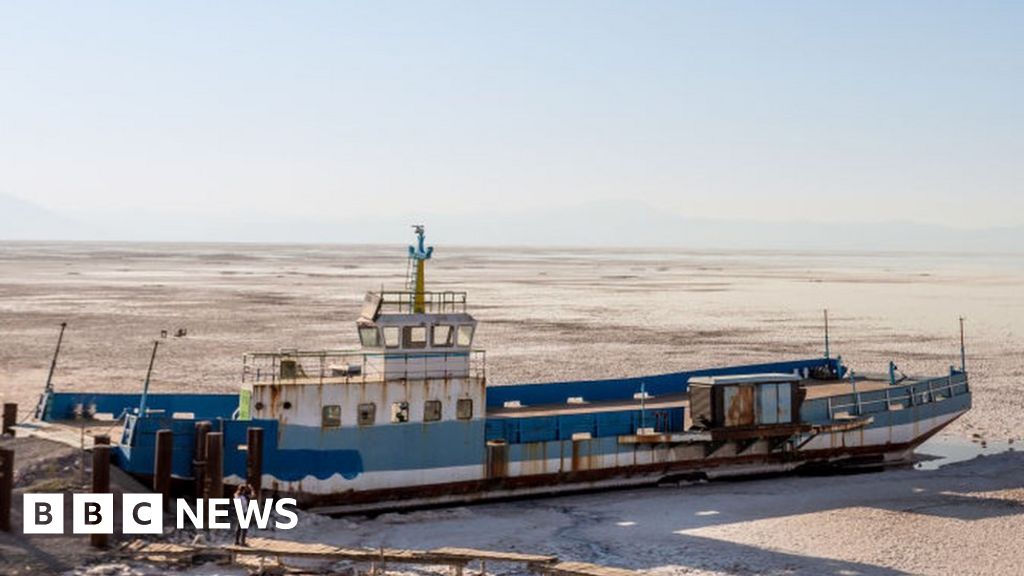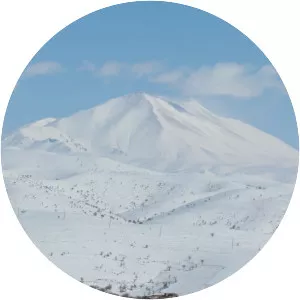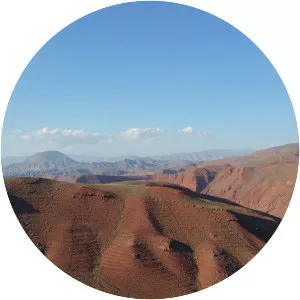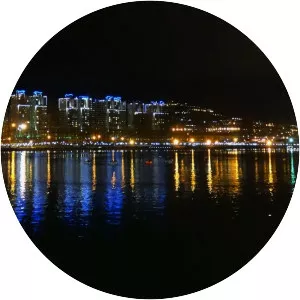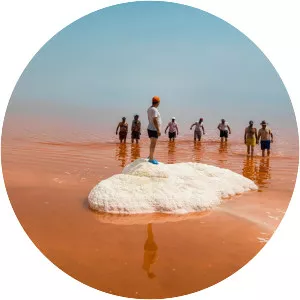
Lake Urmia
| Use attributes for filter ! | |
| Area | 5200 |
|---|---|
| Catchment area | 51876 |
| Surface elevation | 1267 |
| Max. depth | 16 m (52 ft) |
| Bridges | Urmia Lake Bridge |
| Islands | Shahi Island |
| Ashk Island | |
| Espir Island | |
| Nadid Island | |
| Date of Reg. | |
| Date of Upd. | |
| ID | 928680 |
About Lake Urmia
Lake Urmia is an endorheic salt lake in Iran. The lake is located between the provinces of East Azerbaijan and West Azerbaijan in Iran, and west of the southern portion of the Caspian Sea.
Several arrests at protest over dying Iranian lake
Police in Iran have arrested several people at protests against the near disappearance of what was once The World 's second largest salt lake.
Lake Urmia was Iran's main domestic tourism resort before it began shrinking in 1995 due to extreme drought, agriculture and dam building.
These Days , hotels and boats lie abandoned, with no water in sight.
Many locals in the remote North West , where The Lake is located, blame authorities for its disappearance.
" Lake Urmia is dying, parliament orders its killing, " some protesters shouted at a small demonstration in the regional capital, also called Urmia, on Saturday - according to AFP citing local media.
The Police chief in the region described the demonstrators as hostile and said they intended to disturb public security.
Iranian tourists used to flock to Lake Urmia , near The Border with Turkey, to enjoy its natural beauty and the reported restorative properties of its mineral-rich mud.
But in the mid-1990s, a combination of intensifying agriculture, new dams built across The Lake 's tributaries, and extreme drought conditions led to a sudden drop in The Lake 's water levels.
" It's kind of simple. The water withdrawal for human use increased tremendously at the same time as there was an extended drought, " Ali Mirchi, an expert at Oklahoma State University , told BBC Future Planet Last Year , calling The Drought the " straw that broke the camel's back".
Local residents, many of whom depended on The Lake for their livelihoods, watched on as their most treasured resource retreated into the distance. Waterside hotels and guesthouses were left hundreds of metres from the shoreline.
Within 20 years, The Lake shrunk to about 10% of its former size and a red algae bloomed in what was left of the water. The Tourists stopped coming and many residents moved away, leaving boats and buildings to slowly decay into the newly-emerged salt plains.
In recent years, Iranian authorities have attempted to restore Lake Urmia to something like its former self, focusing on persuading farmers in the region to plant less thirsty crops.
But last week the provincial governor admitted that the government's actions have not achieved the desired result, and that irreparable environmental damage would occur if Lake Urmia is not saved.
, But it is not clear if that is due to higher rainfall or to the government's initiatives.
Iran has suffered chronic Dry Spells and heat waves for years, which are expected to worsen with The Impacts of human-induced Climate Change .
The World has already warmed by about 1. 1C since the industrial era began and temperatures will keep rising unless governments around The World make steep cuts to carbon emissions.
Source of news: bbc.com
